How the 1918 flu changed everything
The 1918 flu pandemic, often referred to as the Spanish flu, was one of the deadliest pandemics in history, claiming the lives of an estimated 50 million people worldwide.
Despite its devastating impact, it faded from the public consciousness over time. This pandemic not only shaped global health policies but also left a lasting impression on society, influencing fields such as medicine, public health, and even art and literature.
Setting the Stage: A World in Turmoil
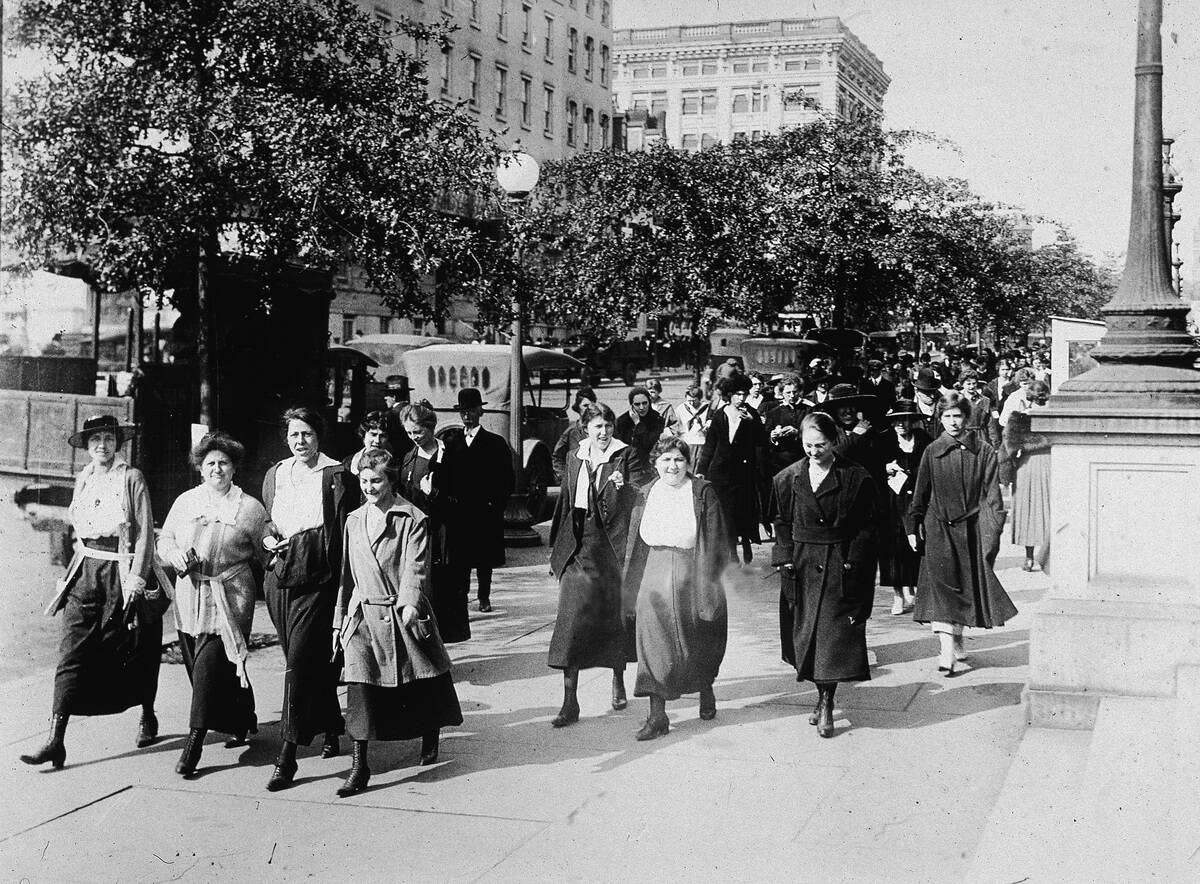
The world in 1918 was already in chaos, with World War I nearing its end. Nations were exhausted, and economies were strained. The war effort had led to large-scale troop movements, which inadvertently facilitated the global spread of the flu.
People were struggling with shortages, and the flu exacerbated these hardships, creating a perfect storm for the pandemic to take hold and wreak havoc on an already beleaguered world.
A Global Pandemic: The Scope and Spread of the 1918 Flu
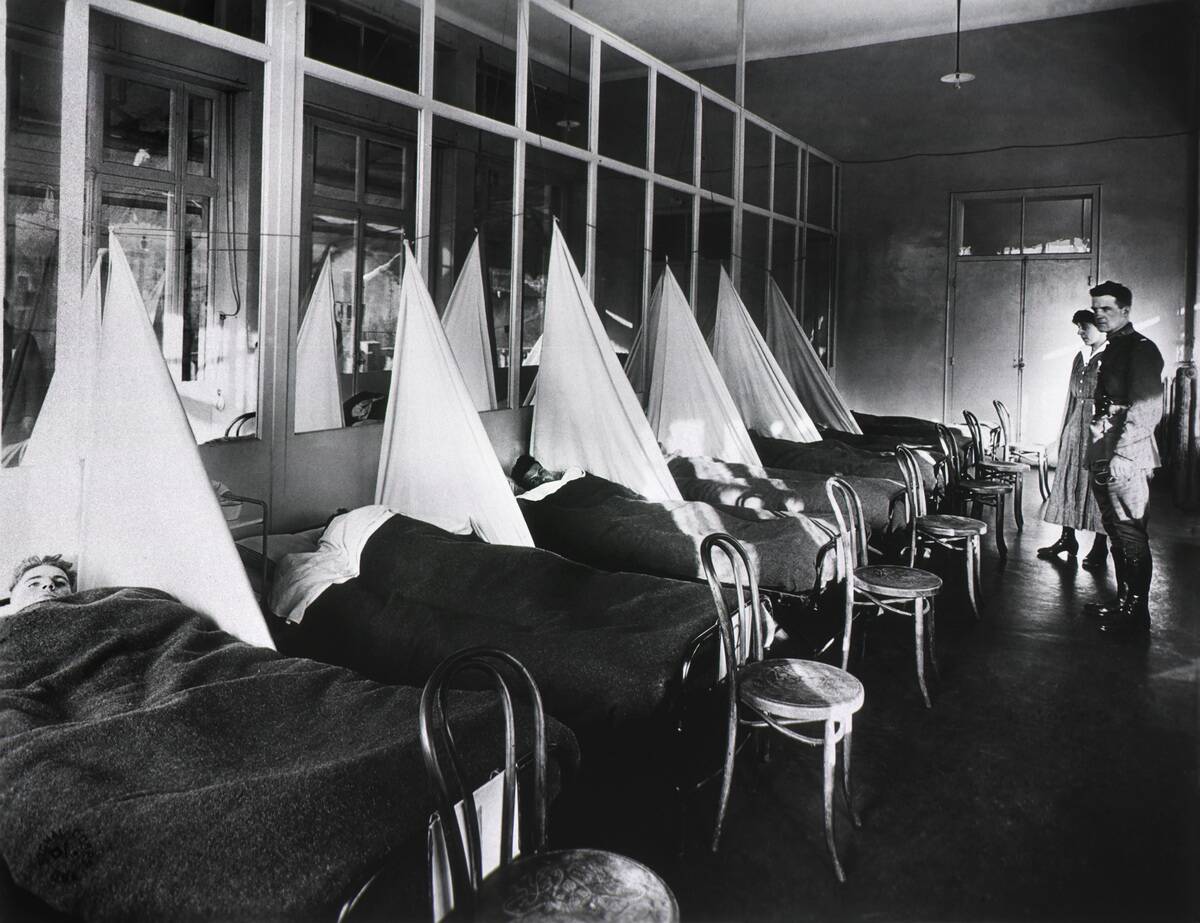
The 1918 flu was truly global, affecting nearly every corner of the world. It spread rapidly, aided by the movement of troops and civilians during and after the war. Unlike typical flu strains, this virus was highly contagious and affected all age groups.
Its reach was so extensive that even remote Pacific islands and the Arctic were not spared, demonstrating the interconnectedness of the world even in the early 20th century.
The Role of World War I in the Flu’s Spread

World War I played a crucial role in the spread of the 1918 flu. Troop movements across continents and the crowded conditions in military camps and hospitals facilitated the transmission of the virus.
Soldiers returning home carried the virus with them, introducing it to civilian populations. The war also strained medical resources and infrastructure, making it difficult to contain the outbreak effectively.
Public Health Response: From Quarantines to Mask Mandates
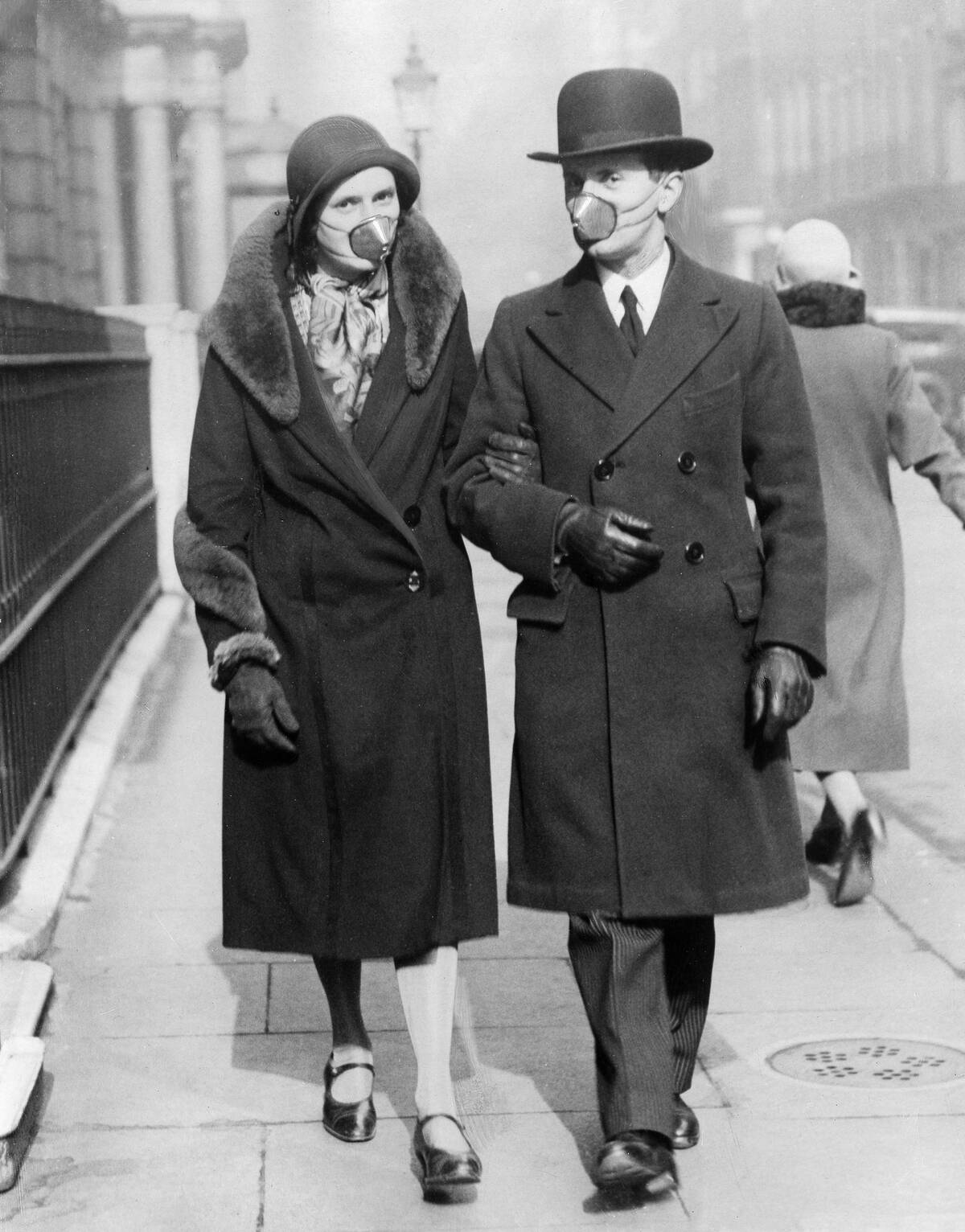
Public health responses during the 1918 flu pandemic varied widely. Some cities imposed strict quarantines and mask mandates, while others were slower to act. San Francisco, for example, implemented mask-wearing early on, which helped reduce transmission rates.
However, inconsistent messaging and enforcement led to public skepticism and resistance in some areas. These varied responses highlighted the challenges of managing a public health crisis on such a large scale.
The Birth of Modern Epidemiology: Learning from the Crisis
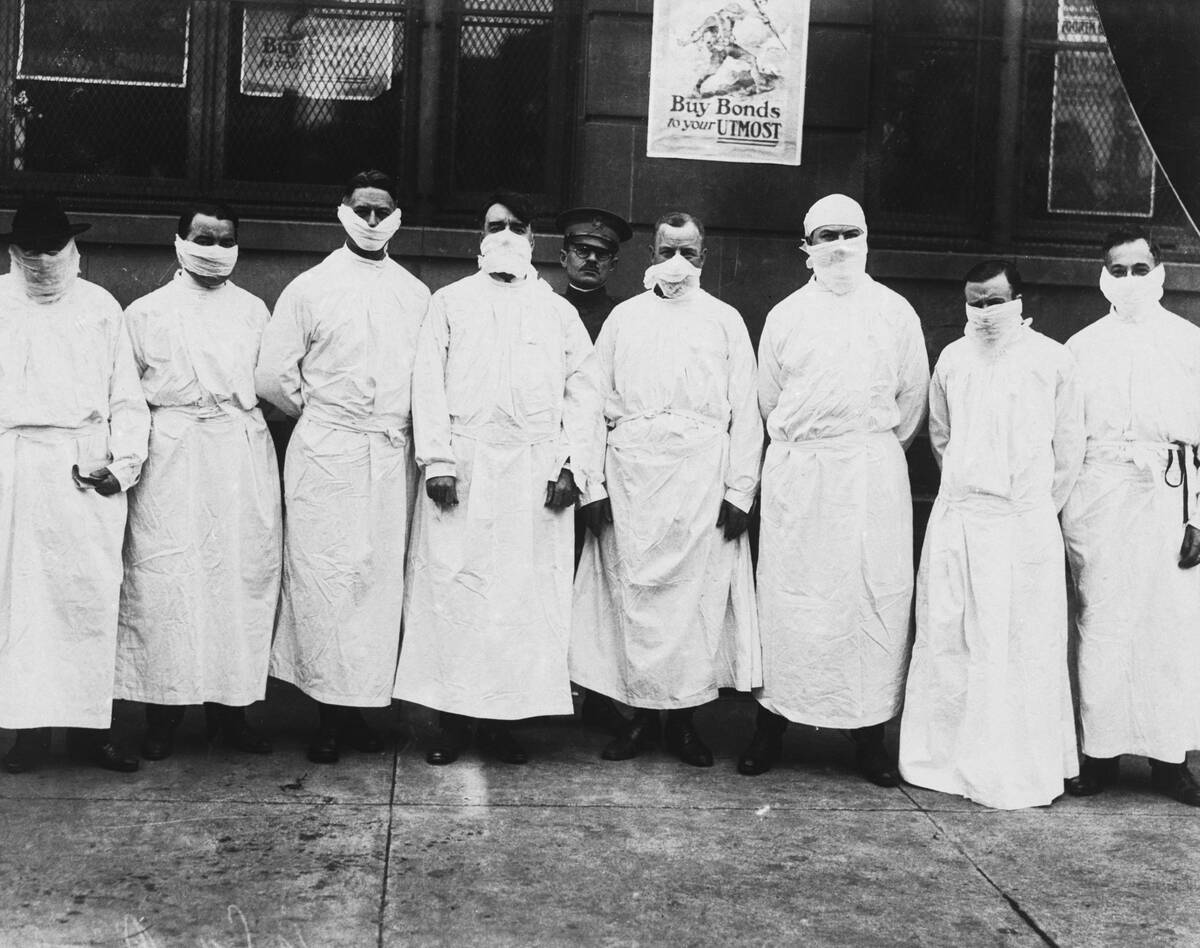
The 1918 flu pandemic was a catalyst for the development of modern epidemiology. Researchers sought to understand the virus’s transmission patterns and effects, laying the groundwork for future studies of infectious diseases.
The crisis underscored the importance of data collection and analysis in managing pandemics, leading to significant advancements in the field. This experience helped shape the strategies used to combat future outbreaks, such as the establishment of global health organizations.
Medical Advancements: How the Flu Spurred Innovation
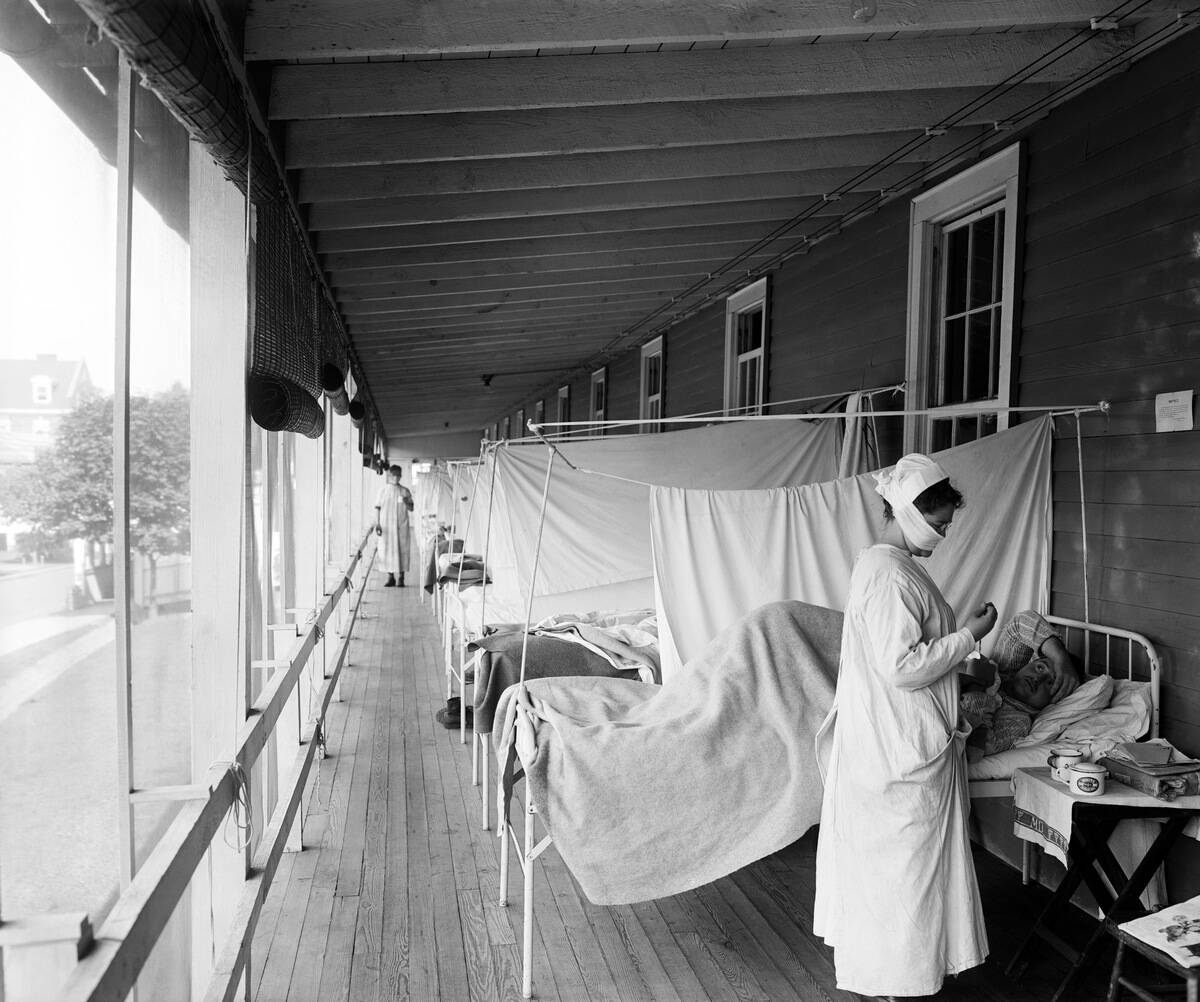
The challenges posed by the 1918 flu pandemic spurred numerous medical advancements. It highlighted the need for improved vaccines and antiviral drugs, leading to increased research in these areas.
Additionally, the pandemic prompted innovations in medical technology and practices, such as the development of ventilators and improved hospital sanitation. These advancements laid the foundation for modern medical treatments and interventions used in combating infectious diseases today.
The Psychological Impact: Fear and Anxiety in 1918

The psychological impact of the 1918 flu pandemic was profound, as fear and anxiety gripped populations worldwide. People were uncertain about how the disease spread and how to protect themselves. The rapid spread of misinformation compounded these fears, leading to widespread panic.
This period saw an increase in mental health issues, highlighting the need for psychological support and awareness during public health crises, a lesson that remains relevant in today’s world.
Societal Changes: How Communities Adapted and Evolved
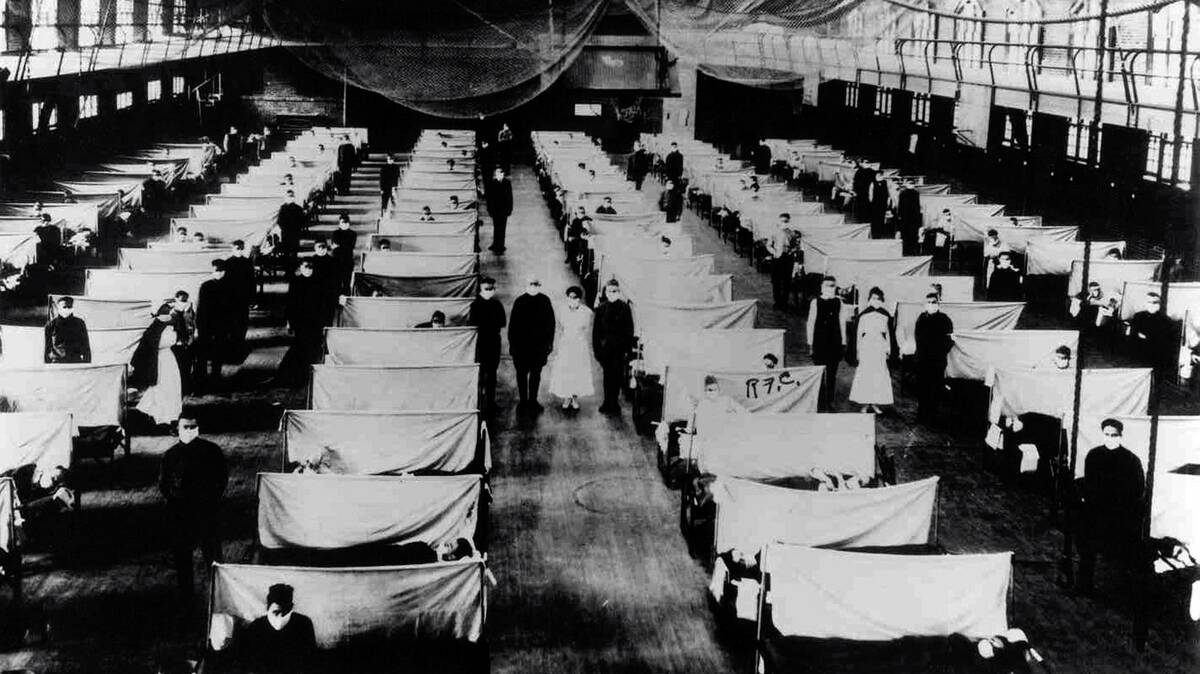
In the face of the 1918 flu pandemic, communities had to adapt quickly to new realities. Social gatherings were curtailed, and public spaces were reimagined to reduce the risk of transmission.
People developed a heightened awareness of hygiene, and public health became a community priority. These adaptations not only helped curb the spread of the virus but also led to lasting changes in social behavior and community resilience.
Economic Consequences: The Pandemic’s Financial Toll

The economic impact of the 1918 flu pandemic was severe, as it disrupted industries and labor markets globally. Many businesses closed temporarily or permanently, and unemployment rates soared.
The pandemic also strained public finances, as governments had to invest heavily in healthcare and relief efforts. However, some sectors, such as pharmaceuticals and healthcare, experienced growth, underscoring the complex economic dynamics of a global health crisis.
Changes in Public Health Policies: Setting New Standards
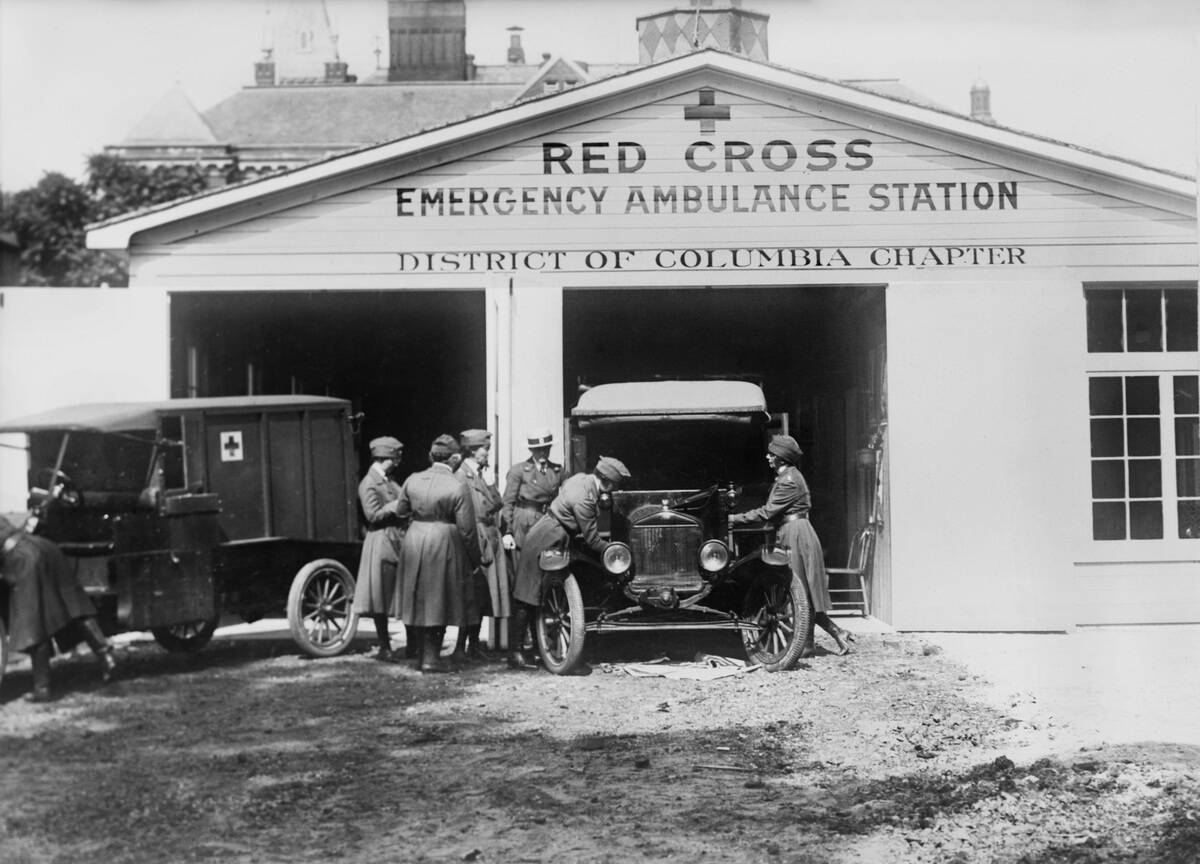
In the aftermath of the 1918 flu, public health policies underwent significant changes. Governments recognized the importance of proactive measures and invested in public health infrastructure.
This era saw the establishment of health departments and the standardization of disease surveillance and reporting. These changes laid the groundwork for modern public health systems, enabling more effective responses to future health crises and setting new standards for global health security.
Cultural Shifts: The Flu’s Influence on Art and Literature
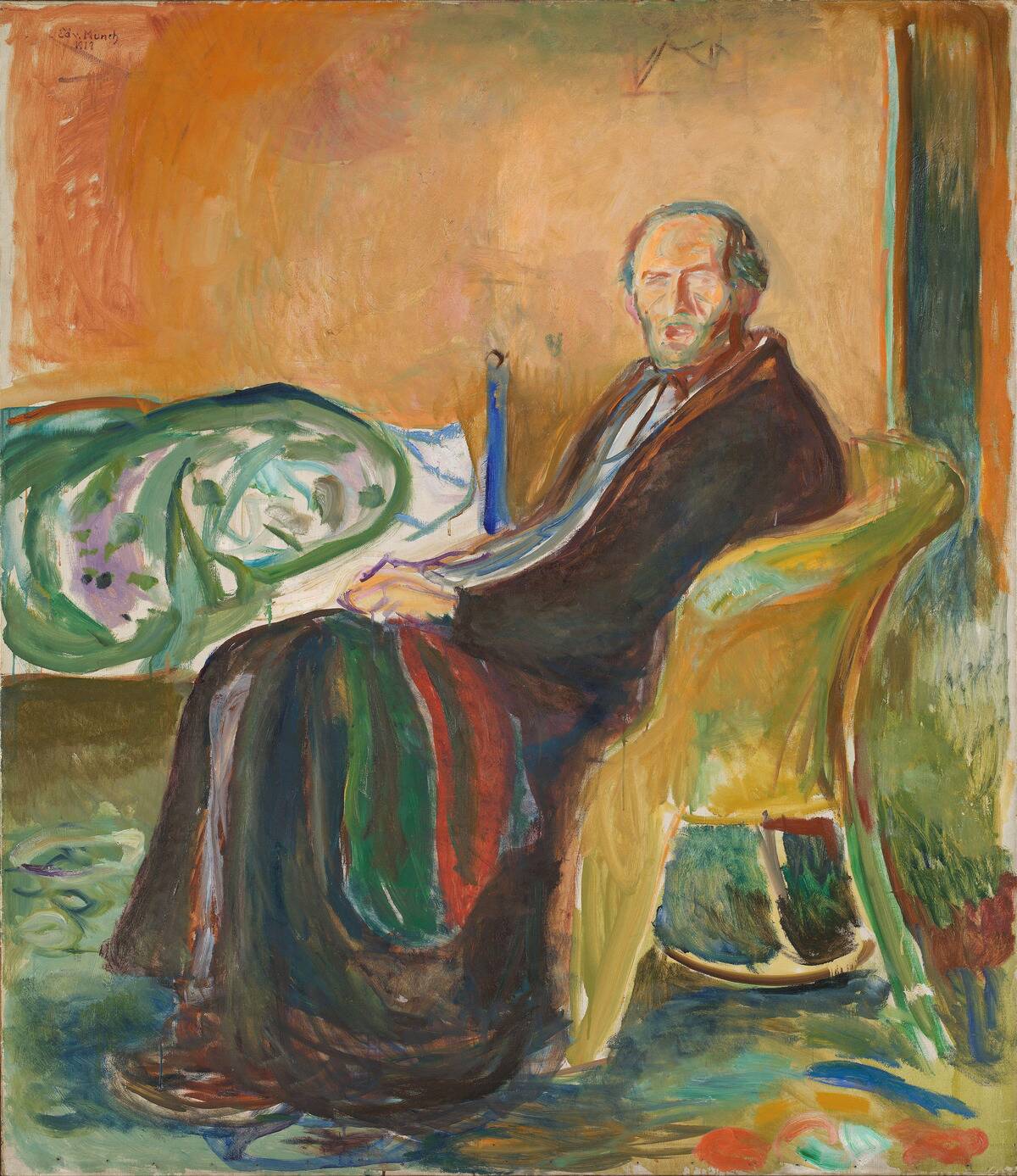
The cultural impact of the 1918 flu pandemic was reflected in art and literature, as creators sought to process the collective trauma. Writers and artists depicted themes of loss, resilience, and recovery, capturing the emotional weight of the pandemic.
This period saw a shift towards more introspective and realistic portrayals of human experiences, influencing cultural narratives for decades. Such works remain a testament to the enduring impact of the pandemic on the human psyche.
Legacy of the 1918 Flu in Modern Medicine
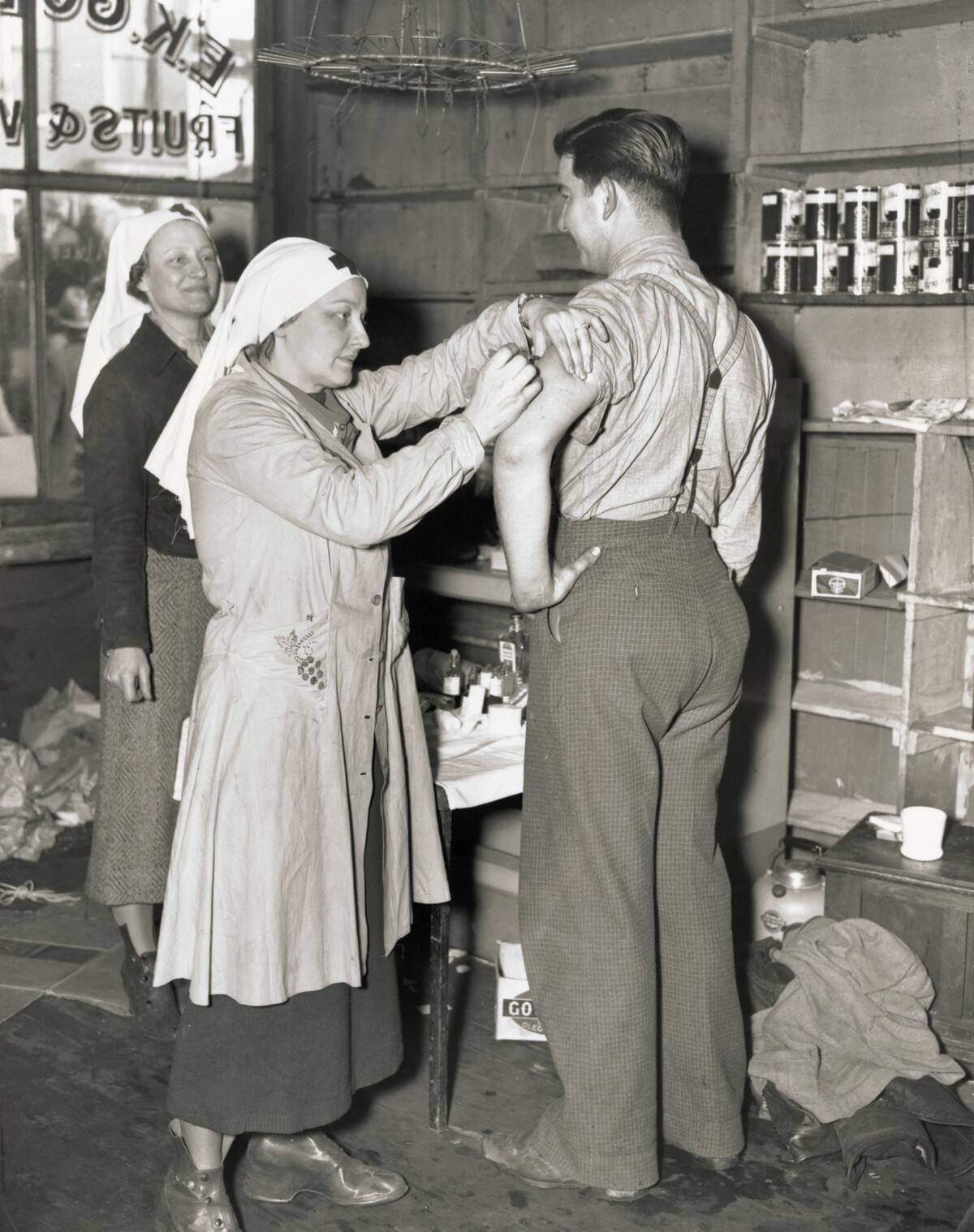
The legacy of the 1918 flu pandemic is evident in modern medicine, as it catalyzed advancements in virology and public health. The experience underscored the need for rapid response mechanisms, and inspired research leading to the development of vaccines and treatments for influenza.
The pandemic also emphasized the importance of global health collaboration, paving the way for organizations like the World Health Organization. These contributions continue to influence medical practice and public health strategies to this day.
Lessons Learned: Preparing for Future Pandemics
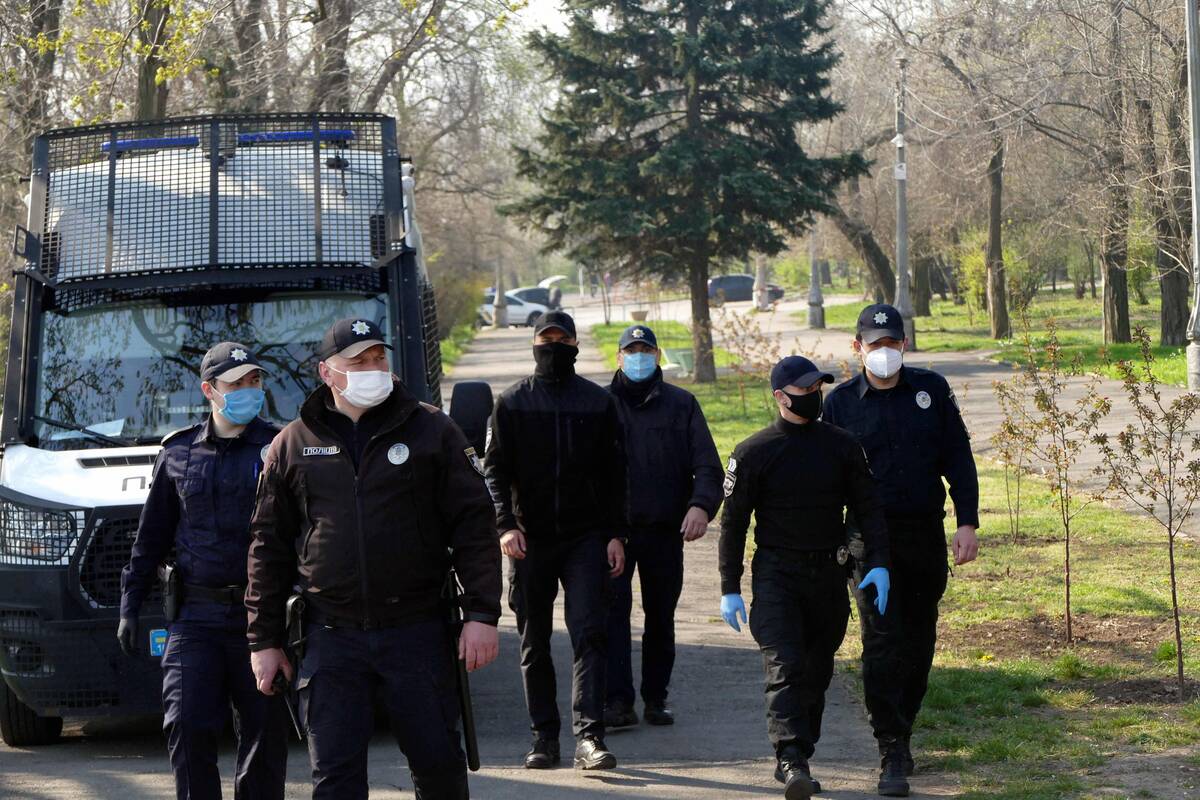
The 1918 flu pandemic taught invaluable lessons about pandemic preparedness and response. It highlighted the need for early detection, transparent communication, and international cooperation. These lessons have informed strategies for managing contemporary health crises, such as the COVID-19 pandemic.
The importance of investing in healthcare infrastructure and research, as well as fostering global collaboration, remains crucial in safeguarding against future pandemics and ensuring a more resilient world.
Comparing Pandemics: 1918 Flu vs. COVID-19
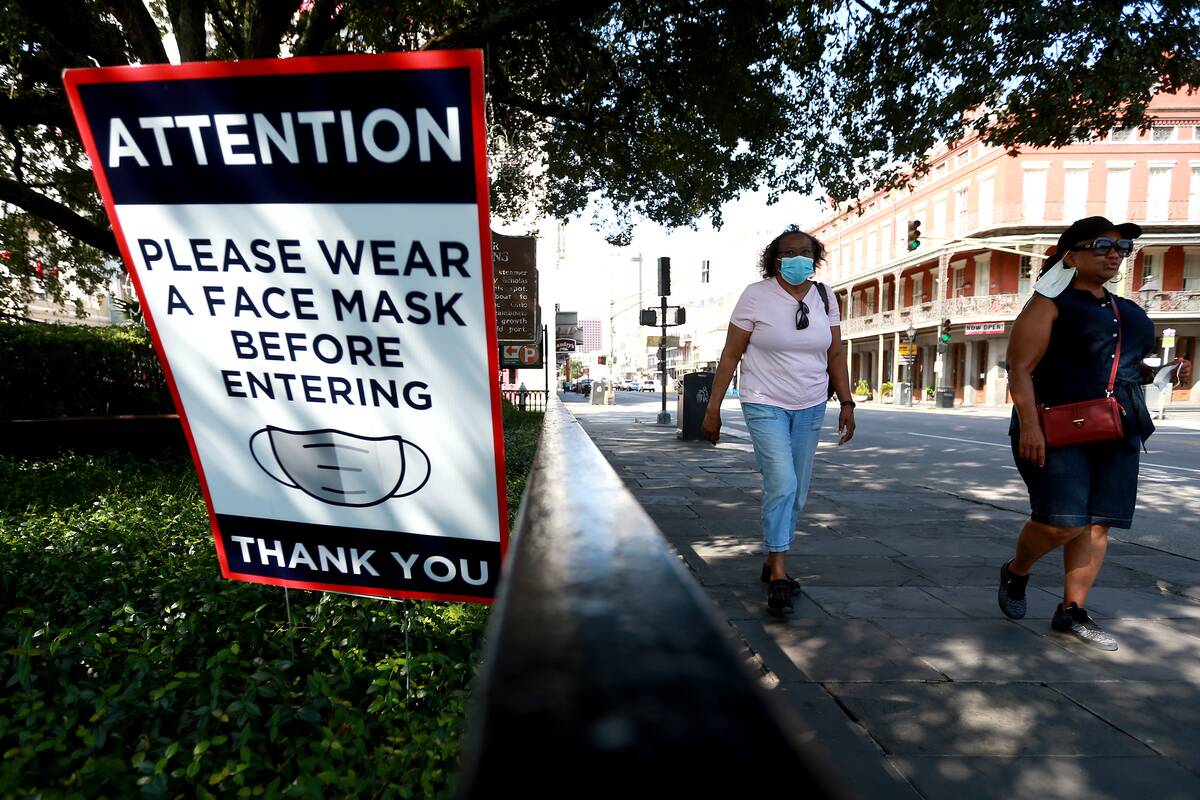
Comparing the 1918 flu pandemic to the COVID-19 pandemic reveals both similarities and differences. Both pandemics had far-reaching impacts on health, economies, and societies. However, advances in technology and medicine have significantly improved our ability to respond to COVID-19.
The presence of social media and digital communication has altered how information is disseminated and consumed. These differences highlight the progress made in public health while underscoring the ongoing challenges of managing global health crises.
The Forgotten Pandemic: Why the 1918 Flu Faded from Memory

Despite its severity, the 1918 flu pandemic is often referred to as the “forgotten pandemic.” Several factors contributed to this, including the overshadowing presence of World War I and the lack of extensive media coverage at the time.
Additionally, the rapid recovery and return to normalcy led people to move on quickly. This collective amnesia underscores the importance of historical memory in shaping public awareness and preparedness for future health challenges.



